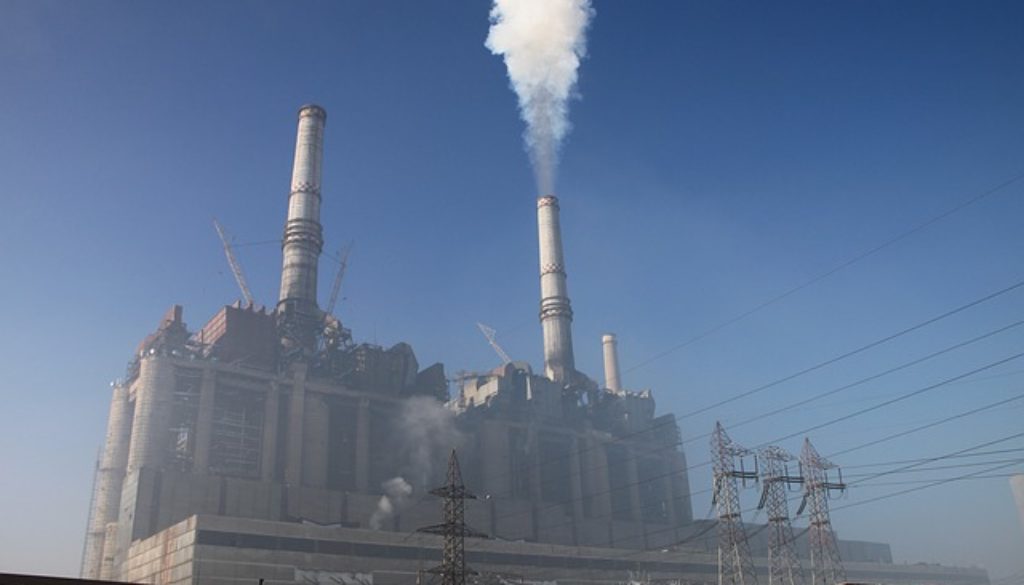Chamber of Commerce Misleads Power Companies (and Everyone Else) on Clean Power Plan Deadline
By Benjamin Longstreth, Natural Resources Defense Council
The U.S. Chamber of Commerce released a paper last week claiming that the Supreme Court’s stay of the Clean Power Plan (CPP) also delays (or “tolls”) all of the Plan’s compliance periods, even those that will still be years away when the litigation is likely to conclude. Not so.
Nothing in the Court’s stay order requires the delay of the Plan’s full implementation timeline. Nor is such a delay automatic after a stay expires. When a stay concludes, it is EPA’s job to determine whether further extension of some or all deadlines is necessary. And here, the power sector is likely to be closer to complying with the CPP than EPA originally expected due to Congress’s decision, last December, to extend tax credits for new wind and solar projects.
Before I get into the details of their argument, it is worth observing that the paper reveals the Chamber’s lack of confidence in their case. The question of whether the stay should extend all the Clean Power Plan’s deadlines is, of course, relevant only if the Chamber loses and the Clean Power Plan is upheld. In other words, the Chamber would only make the case for further delay because it recognizes the strong likelihood that EPA will prevail on the merits. Oklahoma Attorney General Scott Pruitt recently voiced similar doubts. We agree. The Clean Power Plan is on solid legal footing and is likely to be upheld.
But the Chamber is wrong about the effect of the stay. While some opponents of the Clean Power Plan asked the Court to extend all deadlines, that isn’t what the Court did. The stay order explicitly limits the stay to the period of litigation. The order says only that the Clean Power Plan is stayed “pending disposition” of the case in the D.C. Circuit and, should review by the Supreme Court be granted, while that review is underway. Nothing in the order requires or implies that later deadlines must be extended following a decision upholding the Clean Power Plan.
Once the CPP is upheld, it will be up to EPA to evaluate whether the initial 2022 compliance date needs to be shifted. As the Supreme Court held long ago, agencies, not courts, are responsible for drafting and revising regulations. A recent case cited by the Chamber reflects this practice. In 2014, the Supreme Court upheld EPA standards limiting pollution that flows across state lines. These standards had been stayed by the D.C. Circuit and the initial compliance deadline, which passed while the stay was in effect, had to be re-set. When EPA moved to lift the stay (other aspects of the case were still being litigated so this was not automatic), EPA proposed a new schedule based on the Agency’s evaluation of how long it would take the sector to come into compliance.
In the case of the CPP, it is likely that the litigation will be resolved long before the start of the first 2022 compliance period (mostly likely only deadlines related to state plan submittals will have passed). At that point, EPA will need to evaluate how far along the power sector is in complying with the CPP’s carbon pollution goals. In fact, there is good reason to think that the power sector will be even closer to complying than EPA originally forecast. This is because of Congress’s decision made in December 2015, after finalization of the Clean Power Plan, to grant a multi-year extension of the federal tax credits for renewable energy sources like wind and solar.
A recent Rhodium Group analysis found that the renewable tax credit extensions alone (i.e., without any incentive due to the CPP) are expected to drive significantly greater investments in utility-scale renewable energy than expected during this period from just the CPP. These tax credits are a near-term driver in renewable energy investments, while CPP will drive investments over the next 15 years. By 2018, Rhodium expects that the tax credits alone would deliver a total of approximately 30 gigawatts of utility scale renewables — roughly enough energy to power seven million homes for one year — while the CPP alone (without the tax credit extensions) would have delivered only 20-25 gigawatts by 2018. Rhodium’s analysis doesn’t even look at rooftop solar, which a recent National Renewable Energy Lab report (summarized here) projects will grow by an additional 10 gigawatts by 2018, bringing the power sector that much closer to meeting the carbon emissions reductions laid out by the CPP. Of course, the near-term tax credit extensions and long-term market signal sent by the CPP will be even more effective together, and will accelerate our progress towards our long-term climate and clean energy goals.
With renewables growth in 2018 expected to be greater than what EPA originally expected, it is hard to see why there could be any need to delay the 2022 start date or the timing of the 2022-2024 initial compliance period.
There’s another reason, too. 2015 was by far the planet’s hottest year on record, breaking the record set just a year earlier. 15 of the 16 hottest years globally since recordkeeping began in the 1880s have occurred since 2000. It is urgent that we act as quickly as possible to tackle climate change – including implementing the CPP without further delay. Fortunately, the Chamber and their allies can’t prevent the tax credits from helping to build a clean energy future while the stay is in place. And thanks to that progress, there shouldn’t be any need to delay the CPP start date when the litigation is over.

